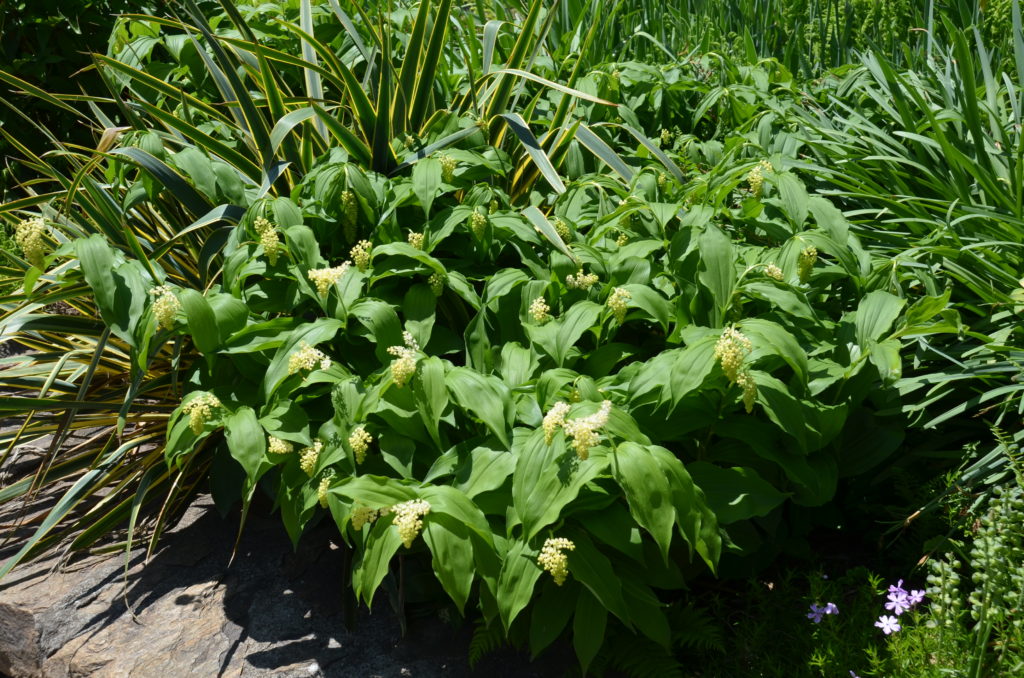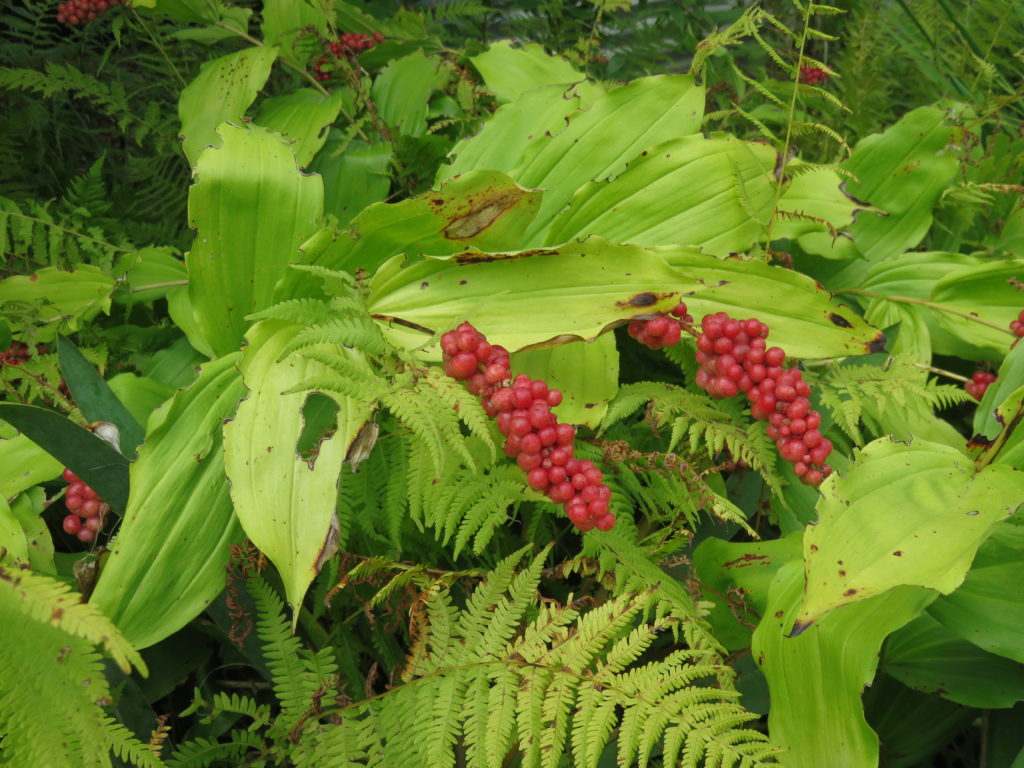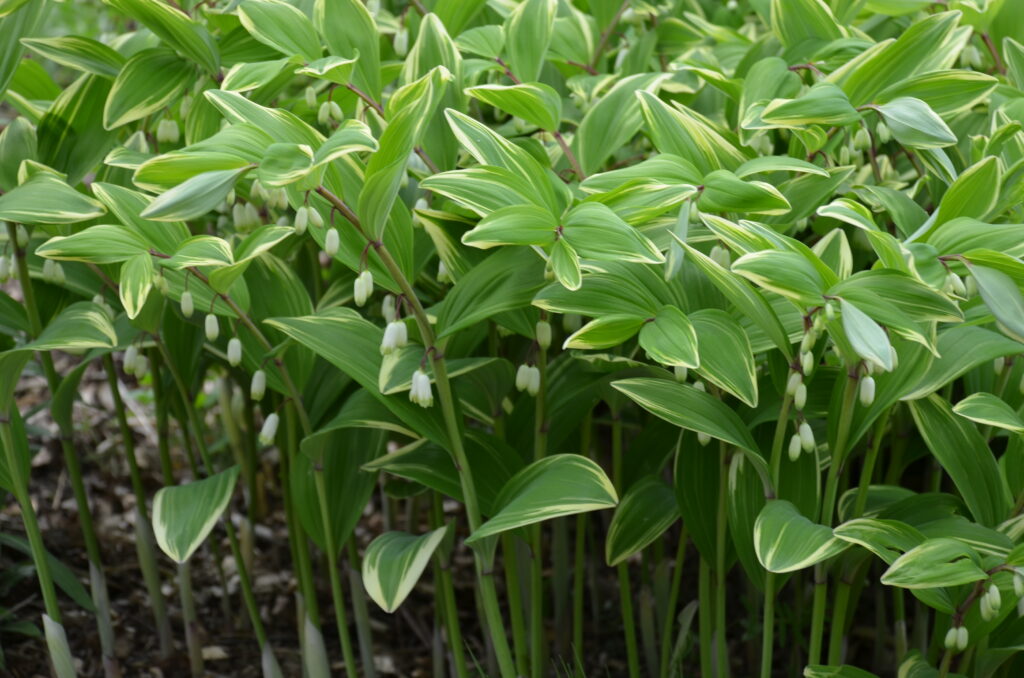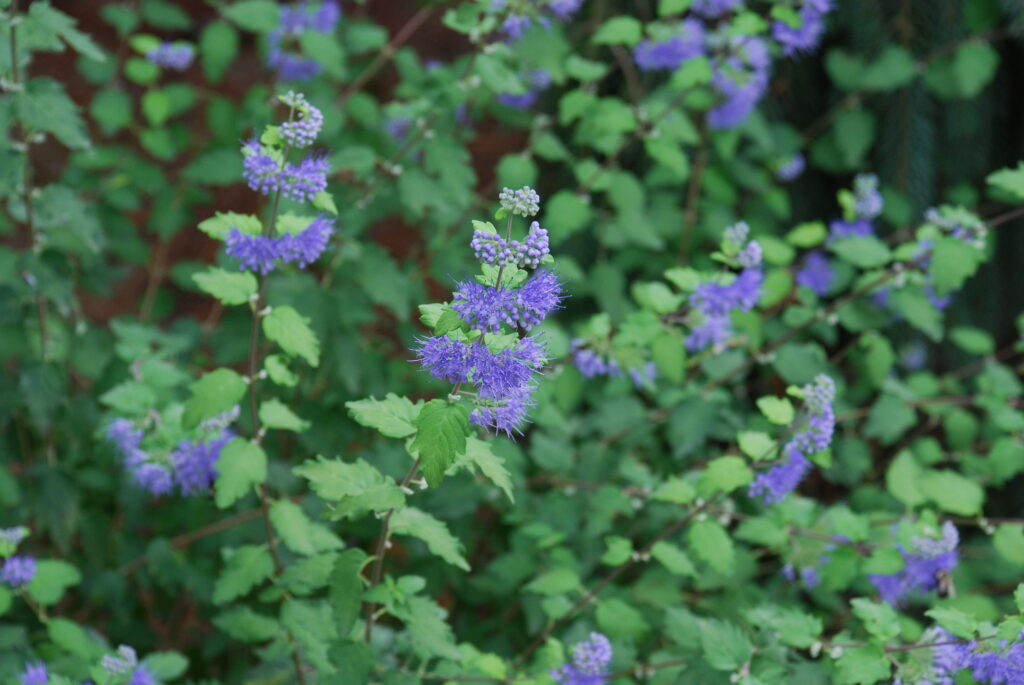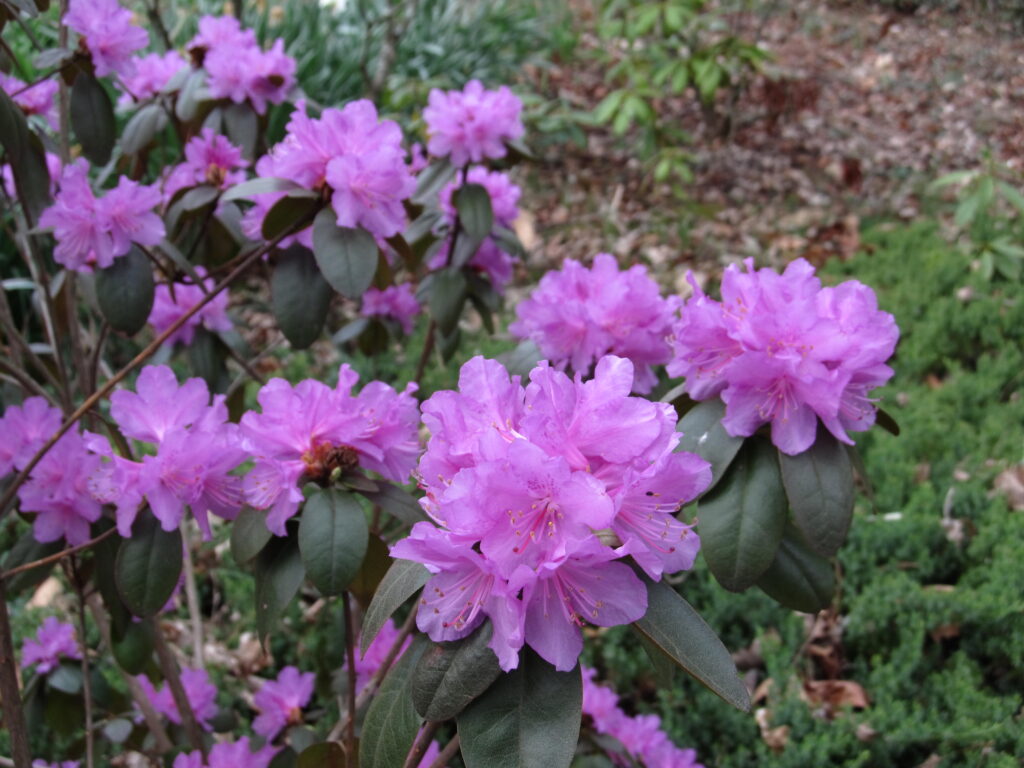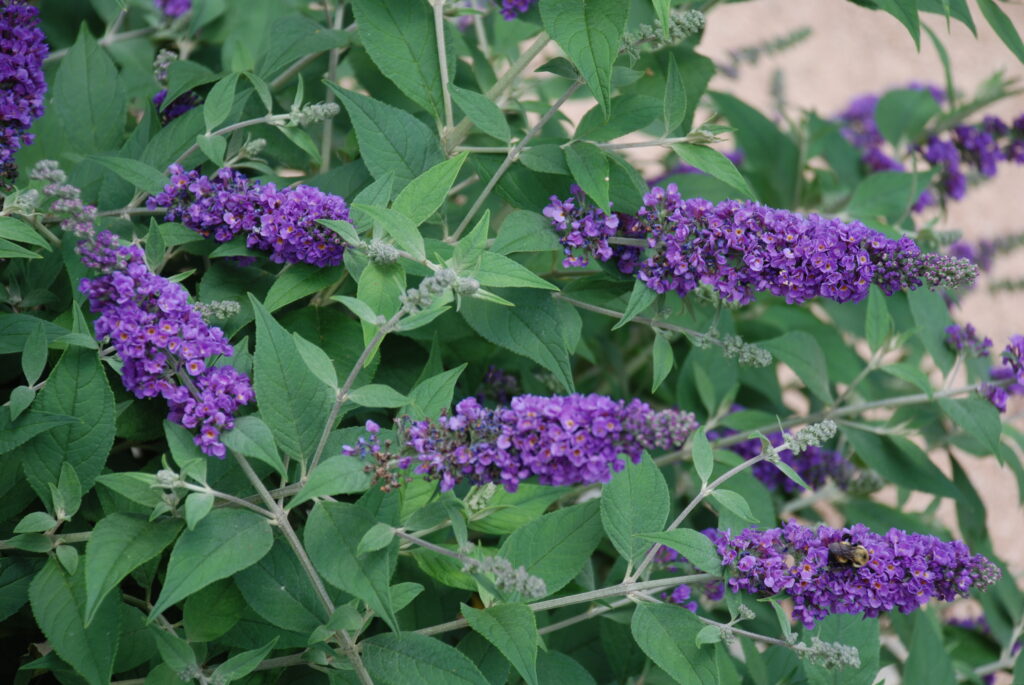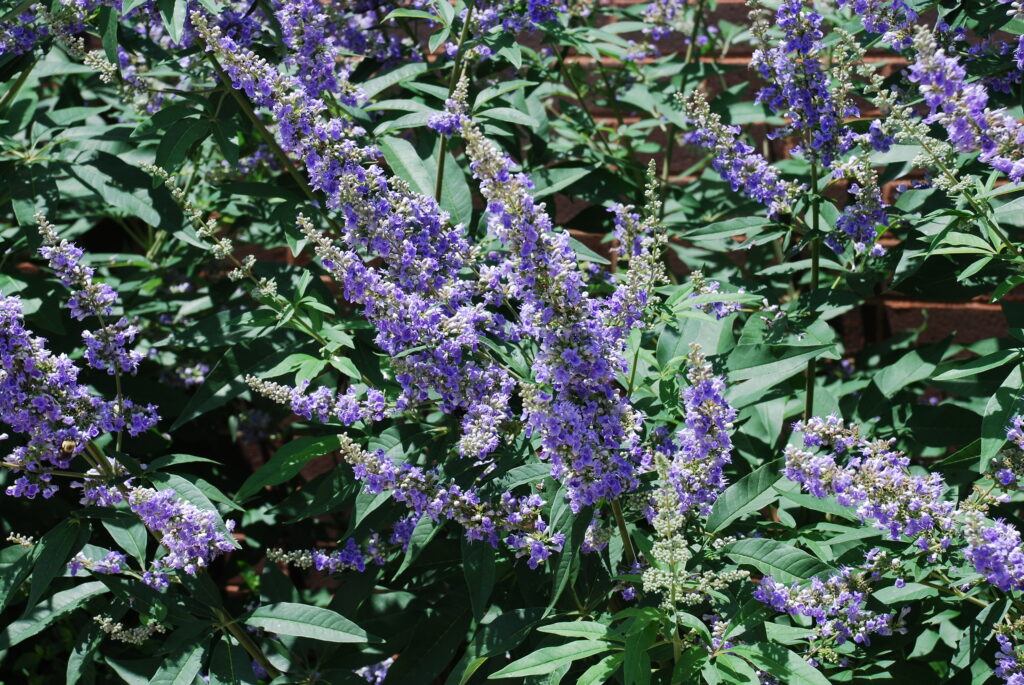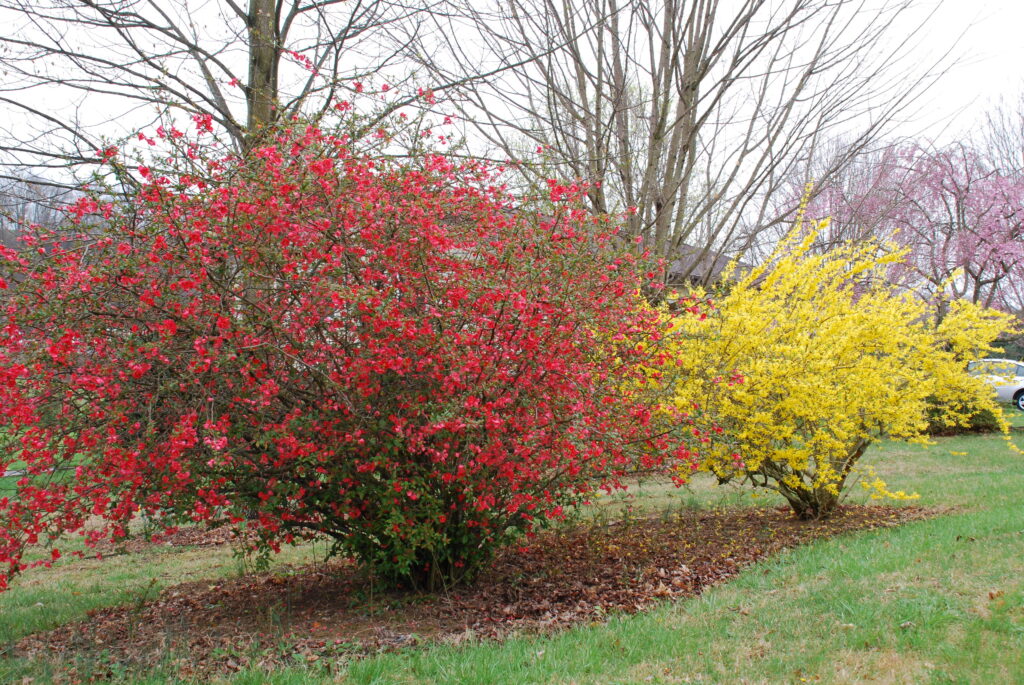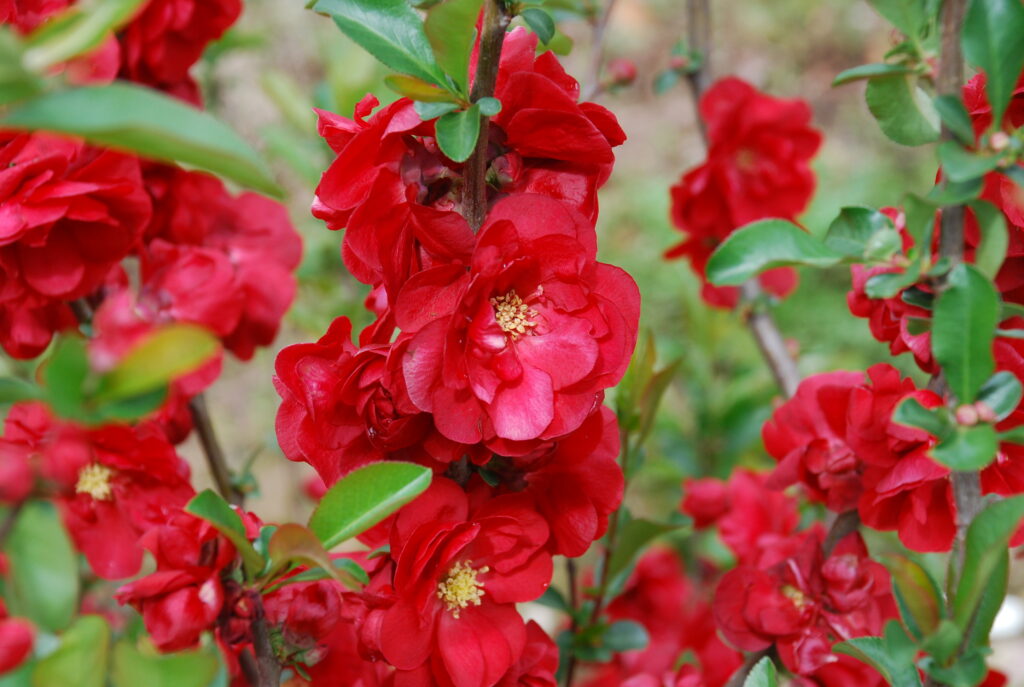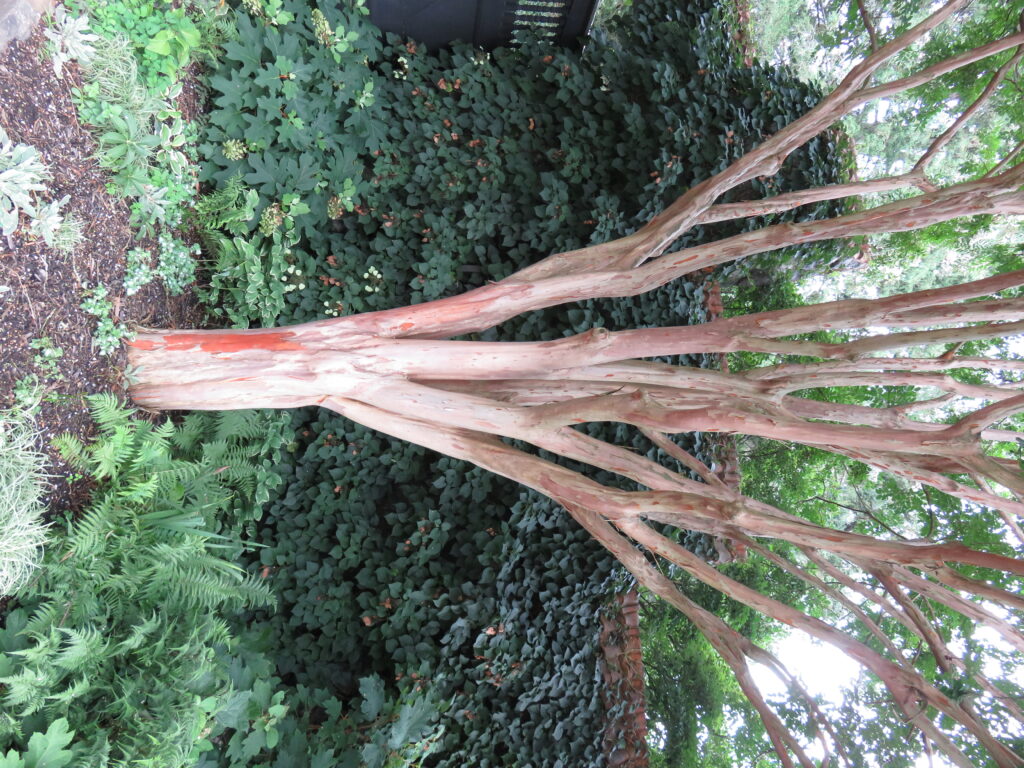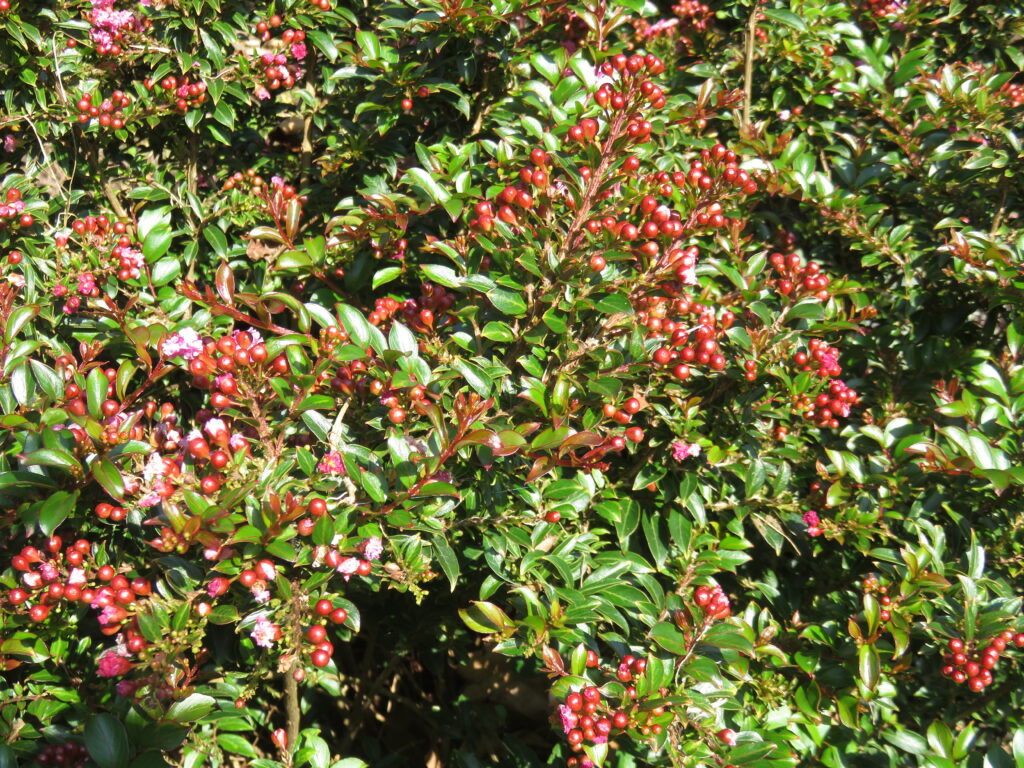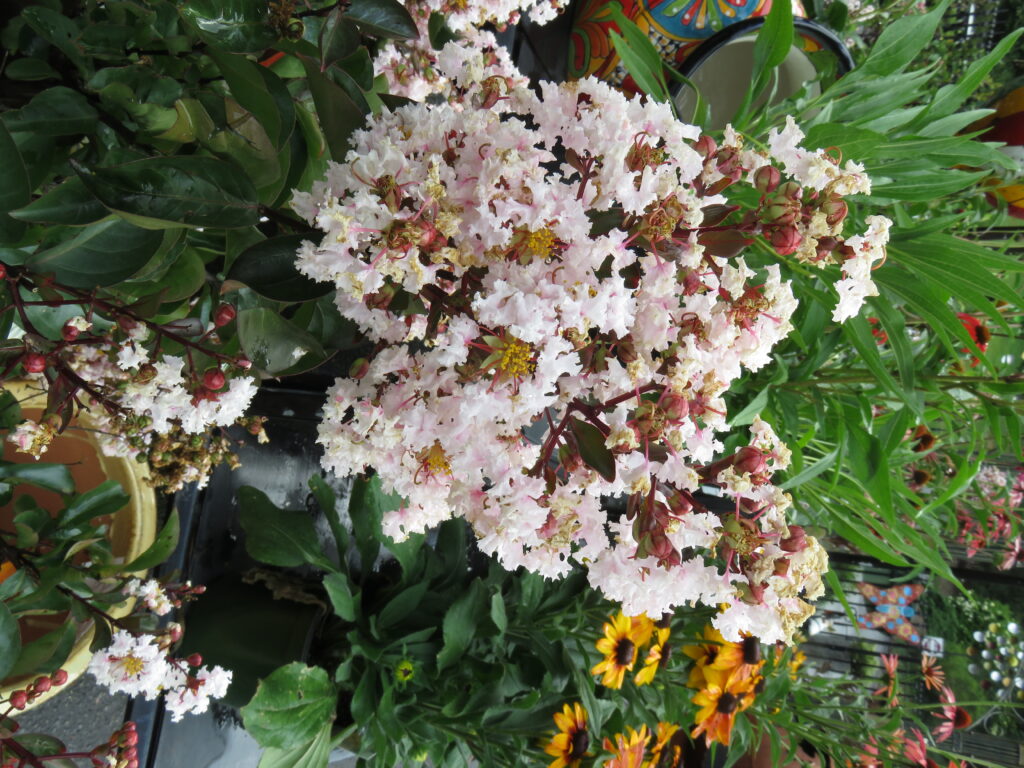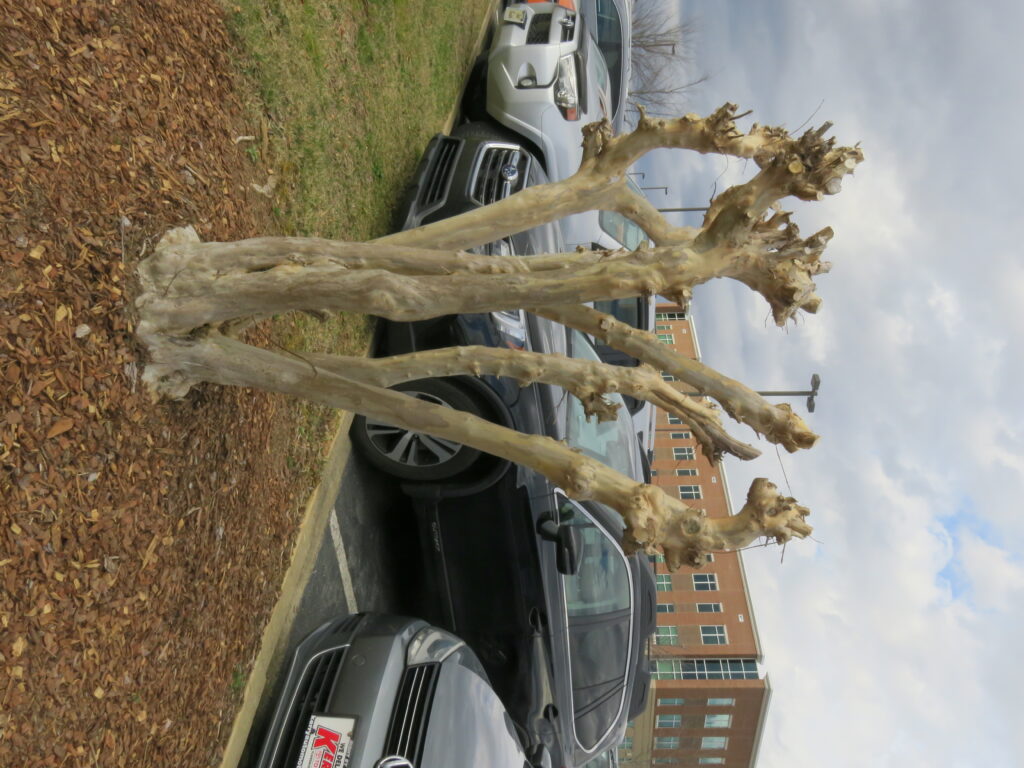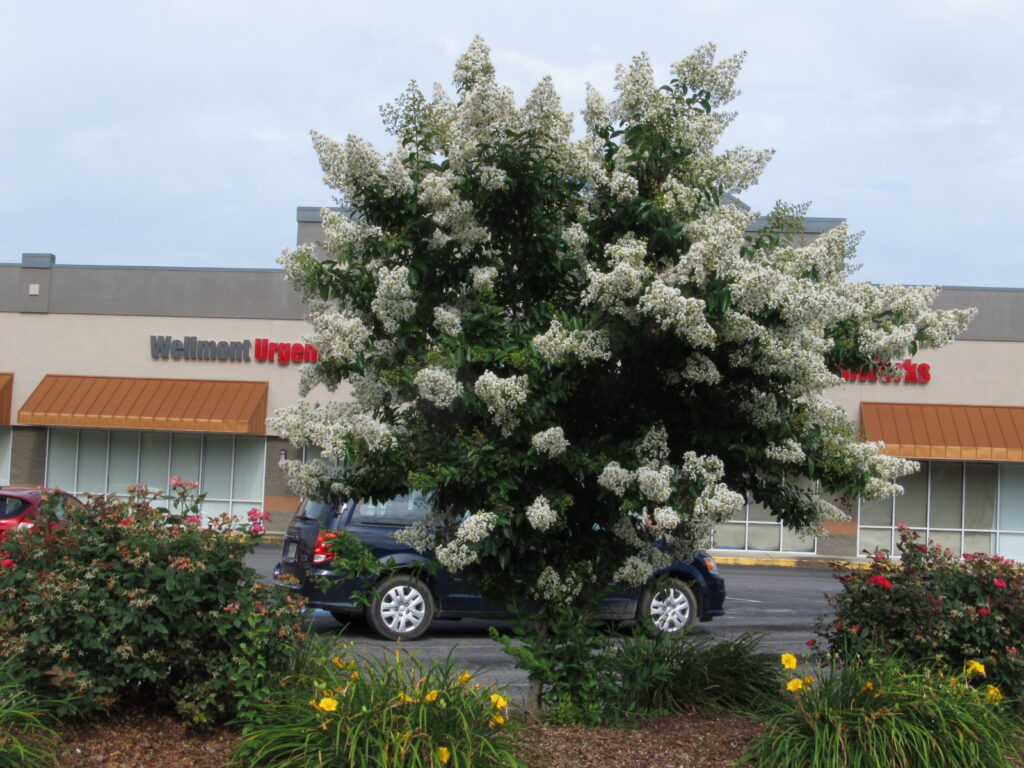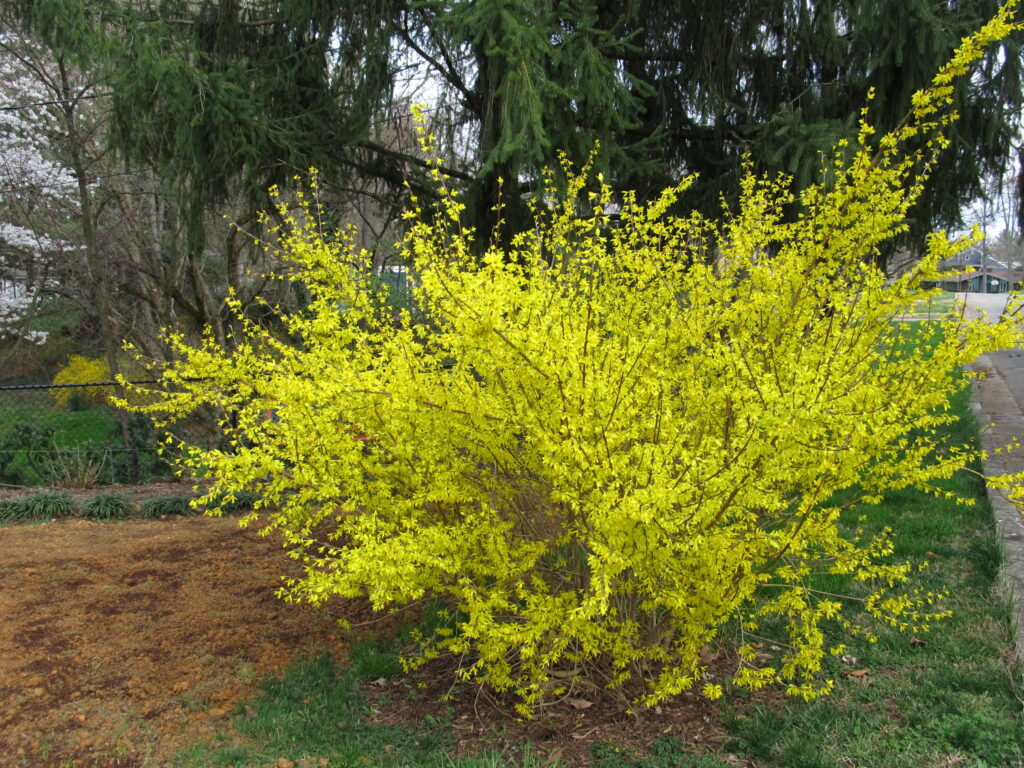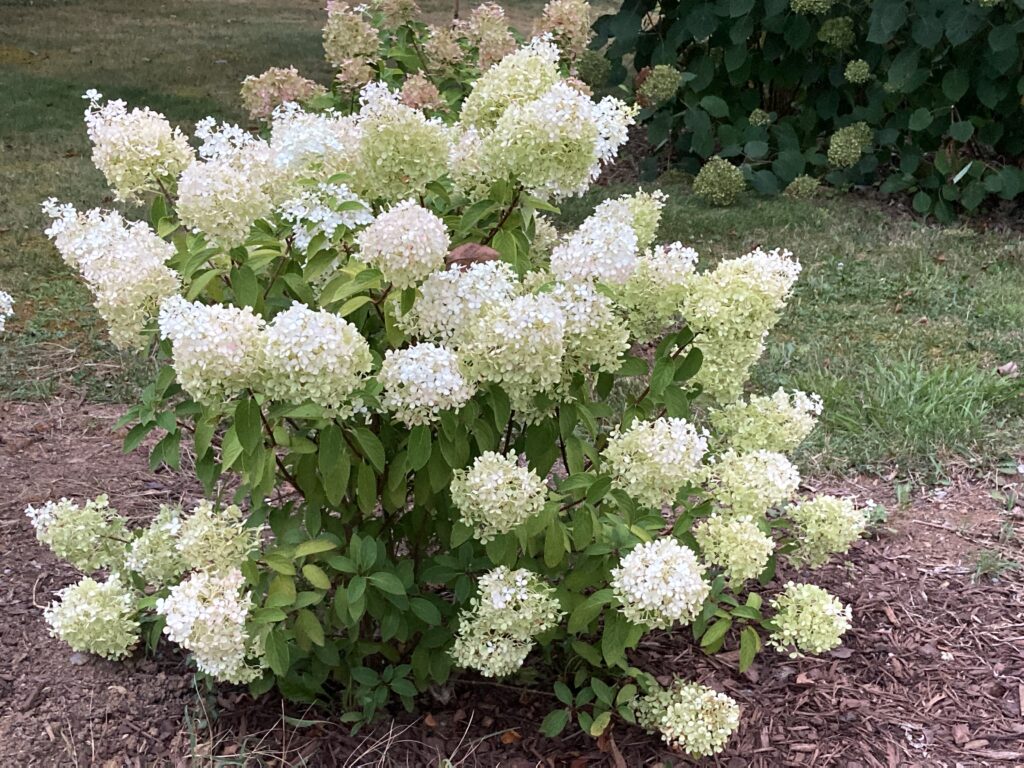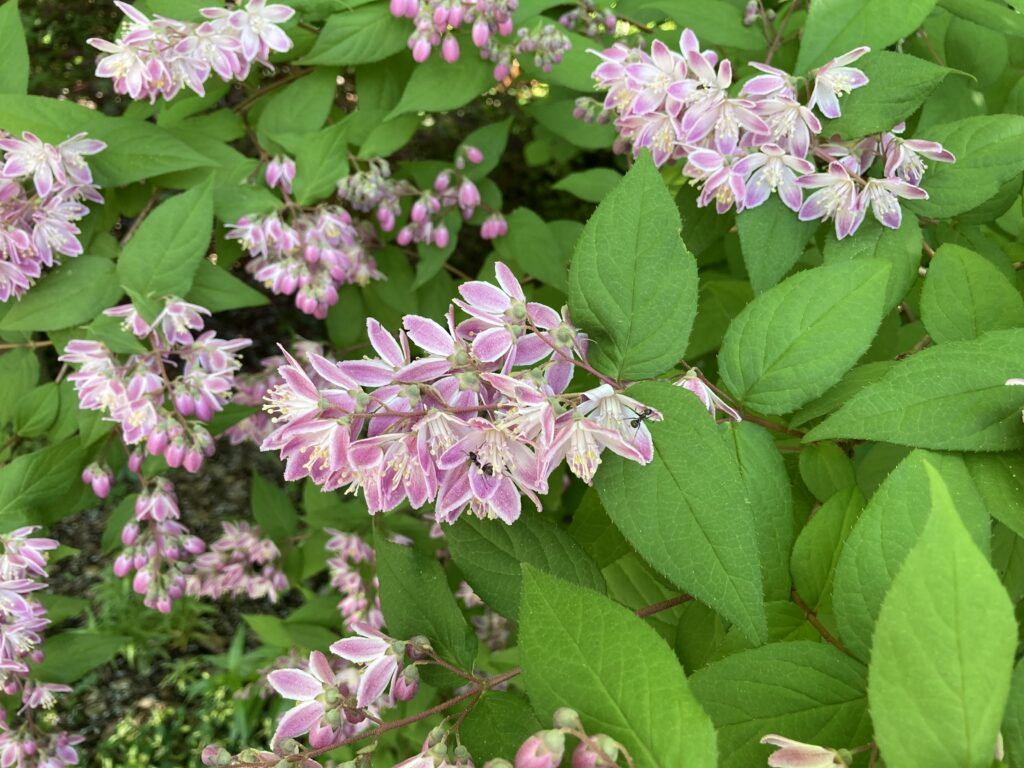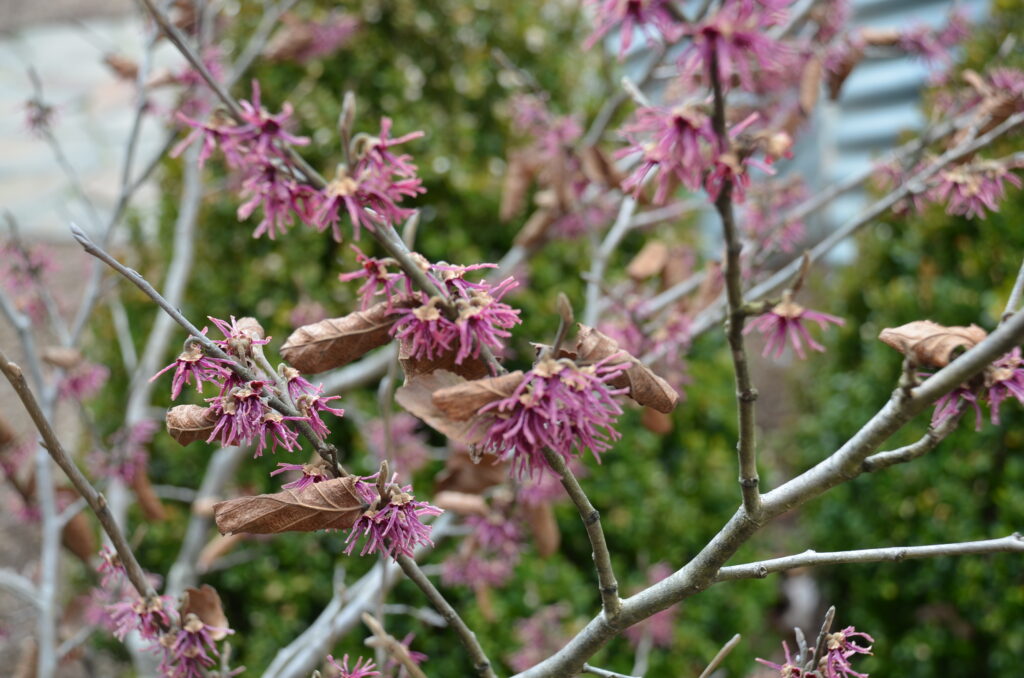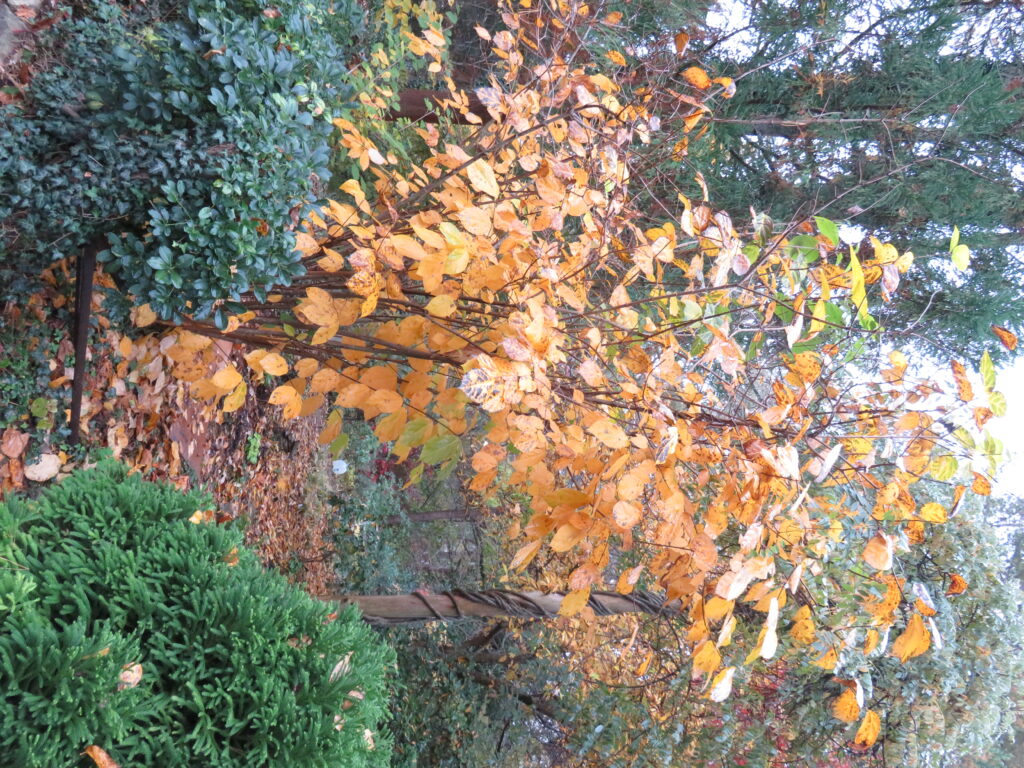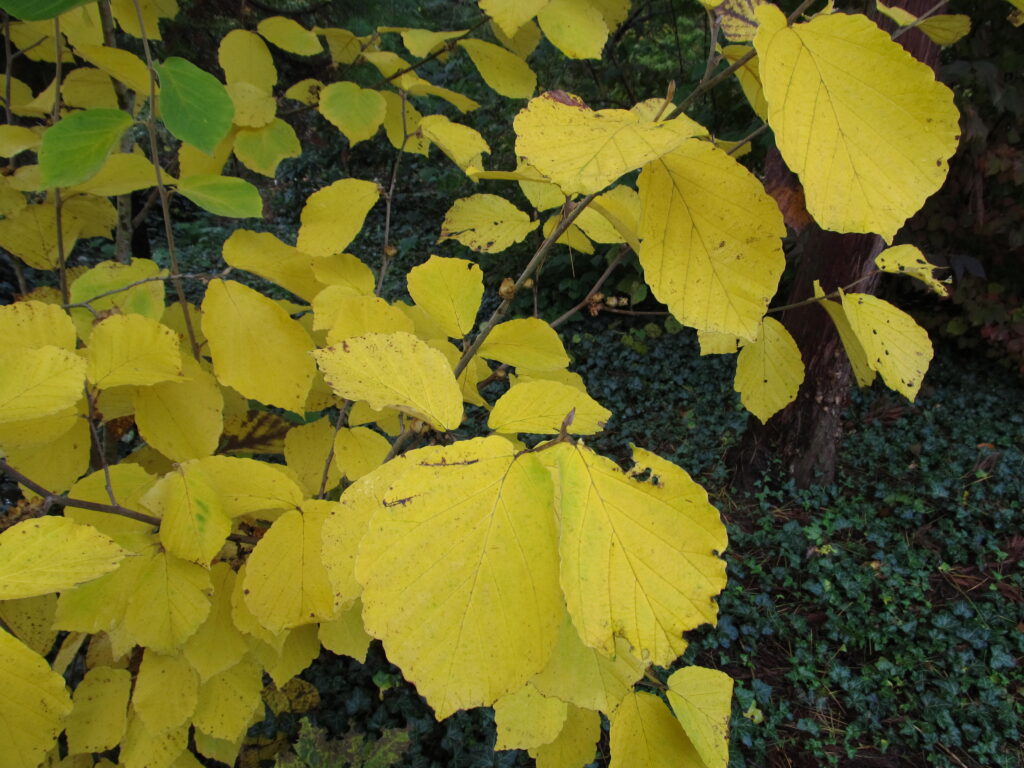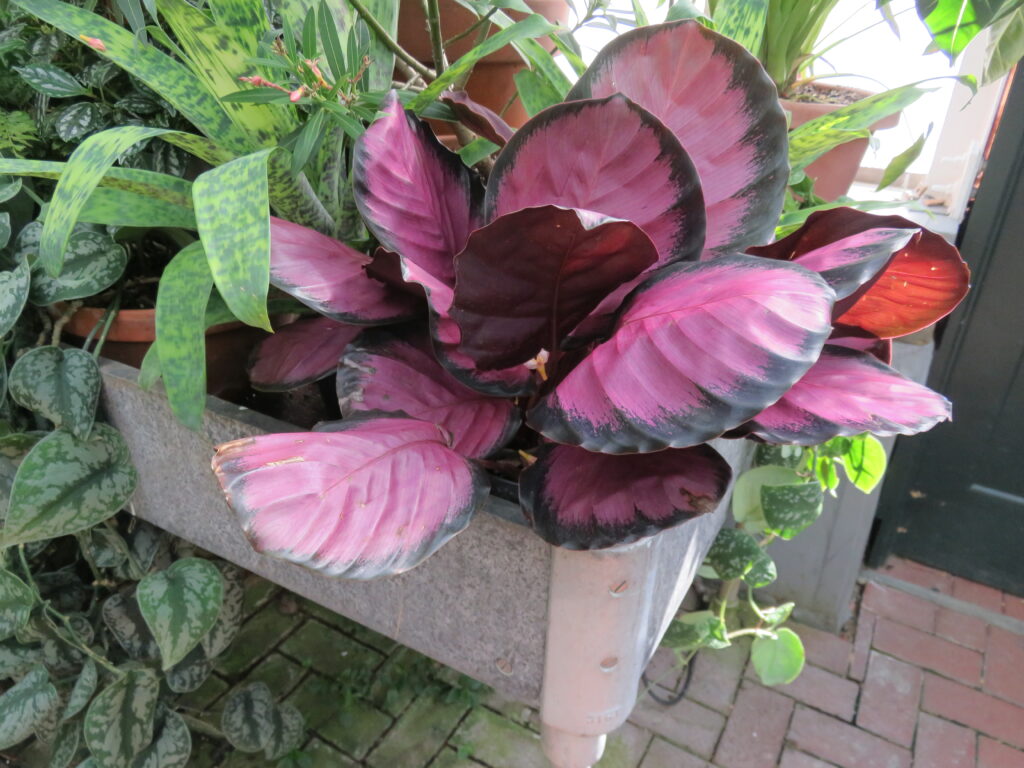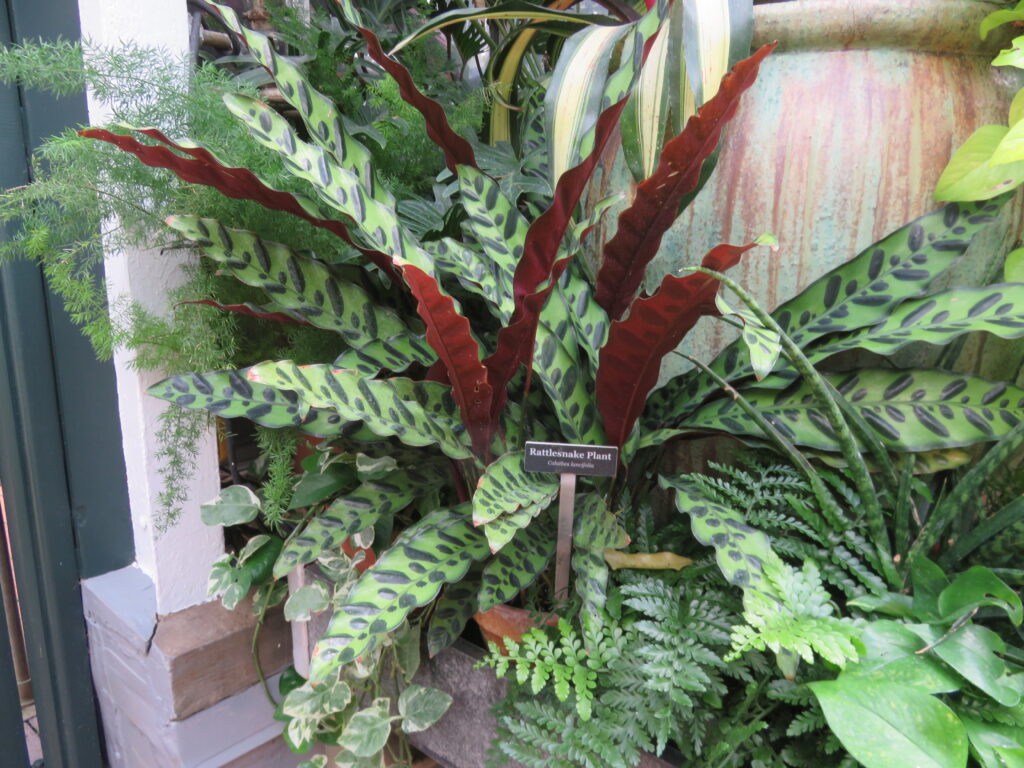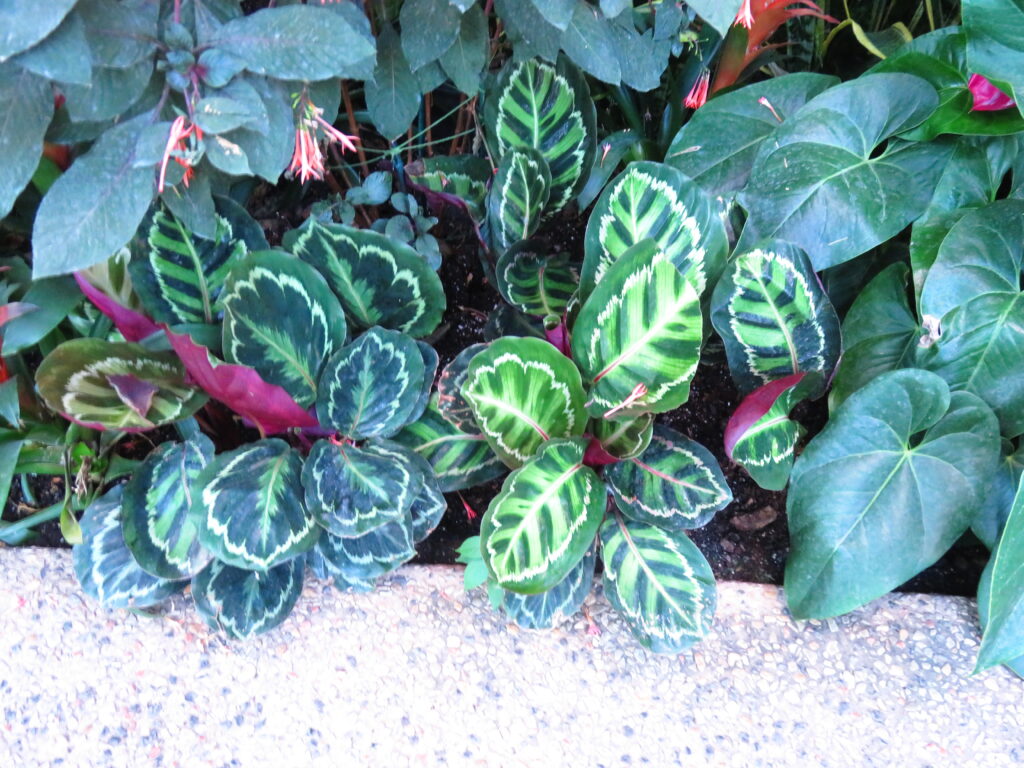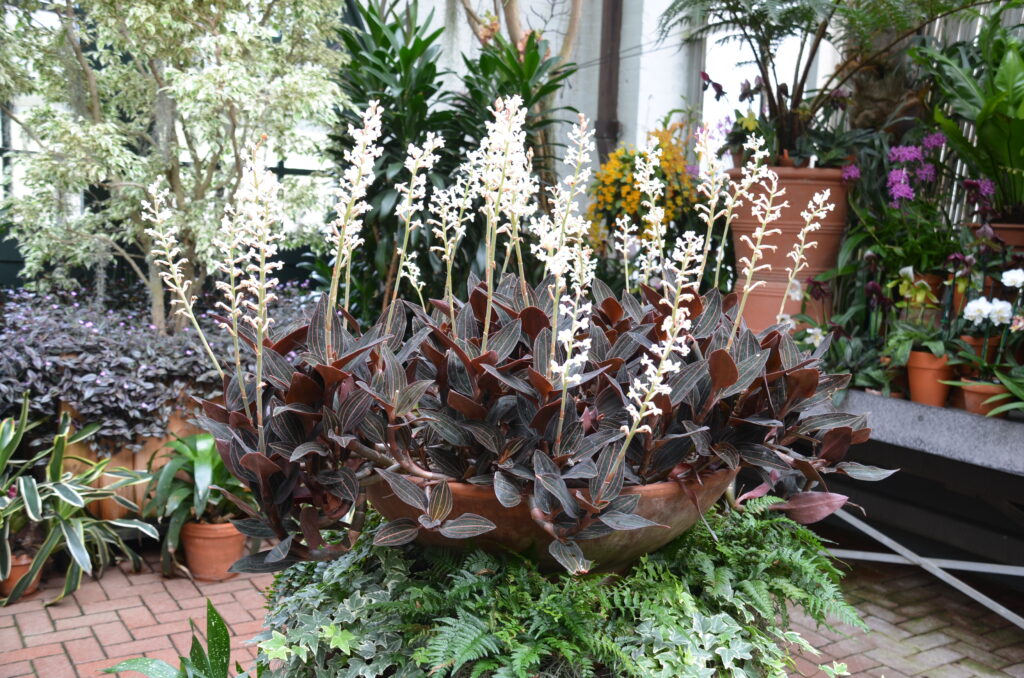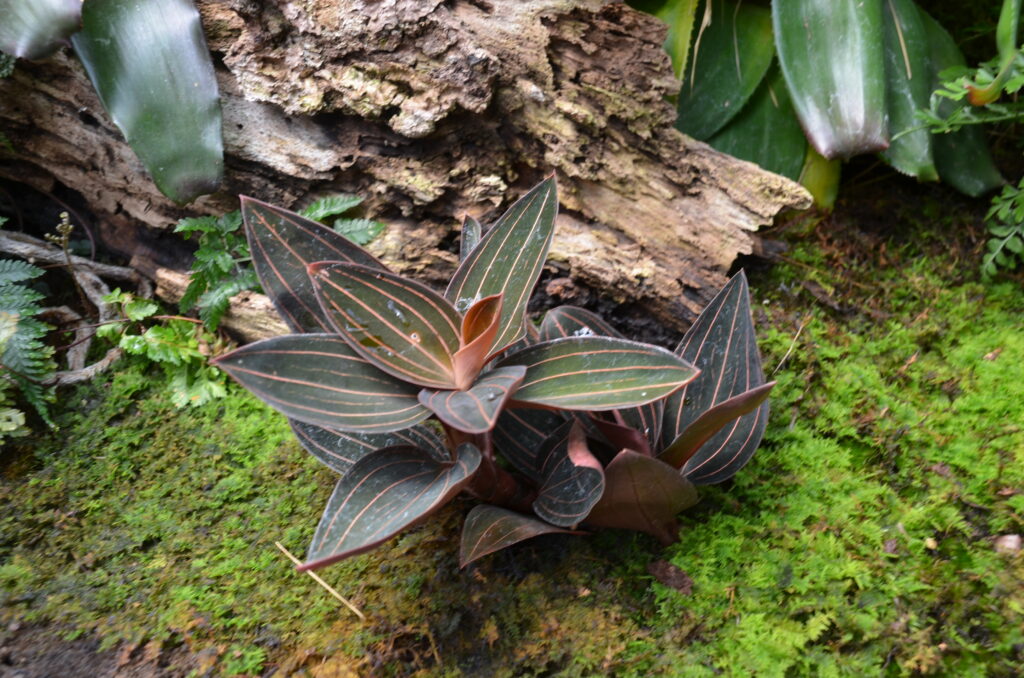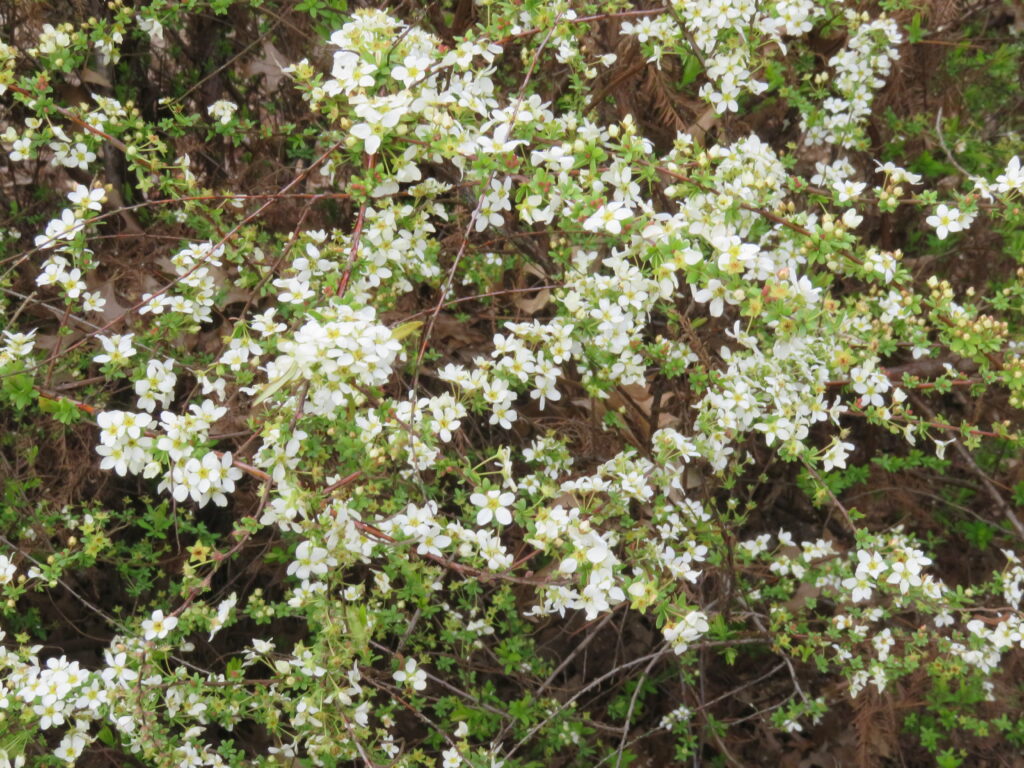
Spireas (Spiraea spp.) represent a large number of mostly non-native flowering landscape shrubs. Most are not U.S. natives, indigenous to China and Japan. Baby’s breath spirea (S. thunbergii) is also called Thunberg spirea and Breath of Spring spirea. It is a showy, graceful shrub that grows 3 to 5 feet high and wide with many slender, arching branches (USDA hardiness zones 4-8).
One of the popular cultivars is Golden Thunberg (S. thunbergii ‘Ogon’). This spirea is one tough tough plant. Its abundant flowers and gold leaf color is stunningly beautiful. Tiny white flowers cover the shrub in late winter to early spring before the leaves appear. Narrow, willow-like, sparsely toothed leaves (to 1.5 inches long) emerge golden yellow in spring, transition to chartreuse green in summer and turn interesting shades of orange to yellow in autumn.
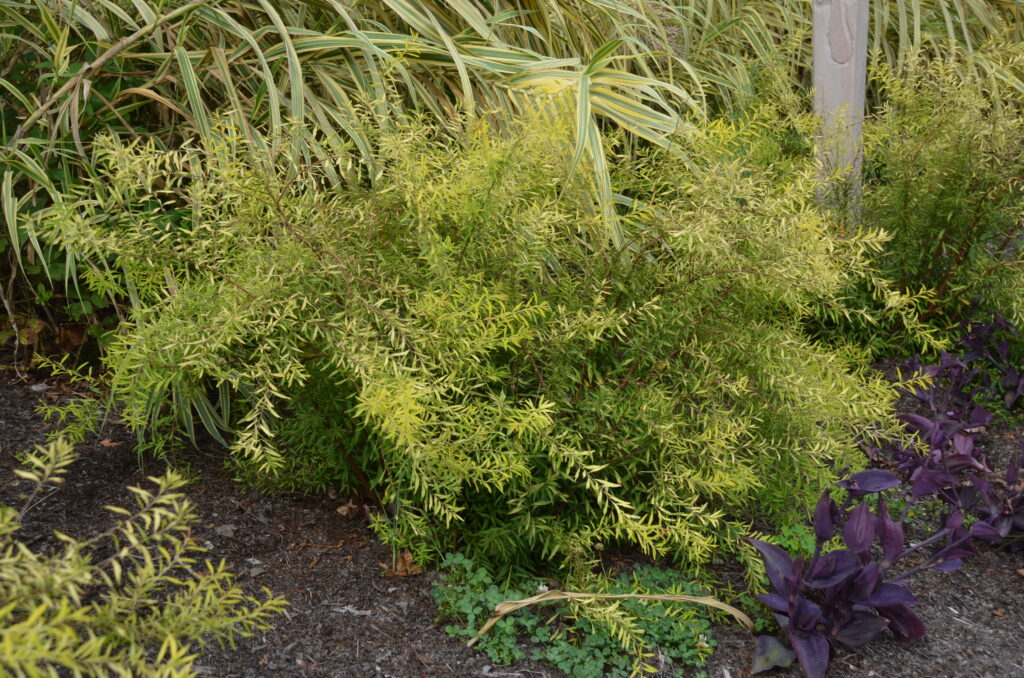
‘Ogon’ is an exceptional golden-leaved cultivar best grown in full sun to retain its lovely golden foliage over almost three-seasons. It prefers moist well-drained soils and becomes more drought tolerant as the shrub ages. Pruning is best performed immediately after the spring blooms have faded. Annual pruning helps to maintain the shrub’s shape and appearance. Rabbits and deer are not usually troublesome.
It may be used as a hedge, screening, or windbreak. It may also be considered as a foundation, border planting, or specimen.
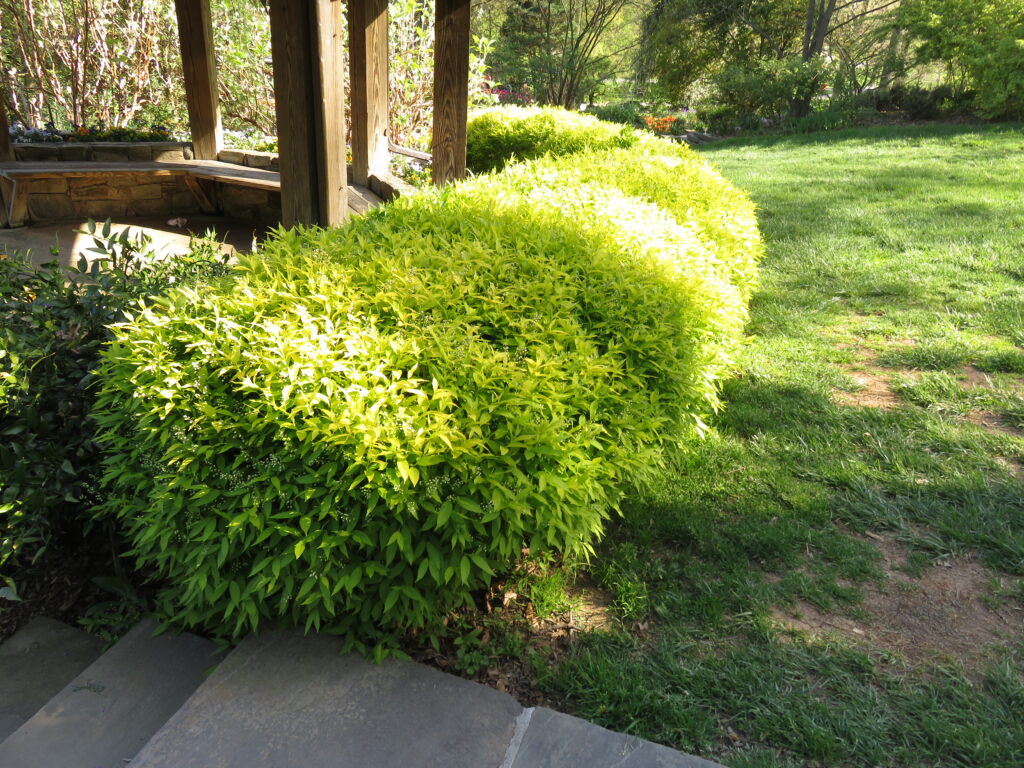
Baby’s breath spirea grows in a wide range of soils, medium moisture, well-drained soils and in full sun. The shrub tolerates light shade, and moderate drought. Prune as needed immediately after flowering to maintain shape.
Ogon spirea is rarely troubled by disease or pest problems that plague other members in the rose family including leaf spot, fire blight, powdery mildew, root rot, aphids, leaf roller and scale.
Caveat: Do not confuse this plant with gold mound spirea which is Spiraea japonica ‘Goldmound’.

